
7 Benefits of AI-Powered Learning Environments
Mar 11, 2025 5 Min Read 7942 Views
(Last Updated)
AI, which stands for Artificial Intelligence, is like having a smart assistant in the classroom. It’s changing the overall learning environment.
In this blog, we’re going to talk about how amazing it is to have AI in the learning process and the different ways it helps. We will also discuss how an AI-powered learning Environment can suggest interesting things to read or watch, give quick feedback on your work, make learning more fun, predict how well you’ll do in the future, and save time for learners.
But, it’s not all easy. We also need to think about some challenges and considerations and want to make sure that AI is used ethically in learning environments. So, get ready to explore how AI is making learning better for everyone!
Table of contents
- How is AI Implemented in Education?
- 7 Benefits of AI-Powered Learning Environments
- Personalized Learning
- Adaptive Assessments
- Intelligent Content Recommendation
- Real-Time Feedback
- Enhanced Engagement
- Predictive Analytics
- Time Efficiency
- Challenges and Ethical Considerations in AI-Powered Education
- Potential Challenges
- Ethical Considerations
- Conclusion
- FAQs
- What makes AI-powered learning environments better than traditional classrooms?
- How do AI-powered learning tools help teachers?
- Are there any concerns about using AI in education?
How is AI Implemented in Education?
AI, or Artificial Intelligence, is being used in education in some innovative ways. Here’s a quick look at how AI is changing learning and teaching:
- Personalized Learning Programs: AI can customize learning based on each student’s needs. Think of it like Netflix, but for learning – it knows what you need to learn next based on what you already know.
- Chatbots and Virtual Assistants: These AI tools can answer students’ questions anytime, just like Siri or Alexa. They can help with homework or explain tough concepts at your time convenience.
- Automated Grading: AI can help teachers with grading, especially for multiple-choice or fill-in-the-blank questions. This gives teachers more time to focus on teaching and helping students.
- Interactive Learning Tools: There are educational software and games that use AI to make learning more fun and engaging. They can change the difficulty level based on how well you’re doing.
- Data-Driven Insights: AI can analyze lots of information about how students learn and help teachers understand what works best in their classrooms.
- Language Learning Apps: Apps like Duolingo use AI to teach new languages, adjusting the difficulty and topics based on how you progress.
- Content Creation Tools: AI can also help create learning materials, like summaries or quizzes, making it easier for teachers to prepare for classes.
These are just a few examples of how AI is being used in education today. It’s all about making learning more personalized, efficient, and fun!

Also Read: Top 9 AI Tools for Content Creation That You Shouldn’t Miss
Having explored how AI is implemented in education, let’s now get into the benefits it brings. Here are 7 key advantages of AI-powered learning environments that are reshaping the educational landscape.
Before moving forward, make sure you understand the basics of Artificial Intelligence & Machine Learning, including algorithms, data analysis, and model training. If you want to learn more, join GUVI’s AI & Machine Learning Courses with job placement assistance. You’ll discover important tools like TensorFlow, PyTorch, scikit-learn, and others. Plus, you’ll work on real projects to gain practical experience and improve your skills in this fast-growing field.
7 Benefits of AI-Powered Learning Environments
AI-powered learning environments offer a range of benefits that significantly enhance both the teaching and learning experience. Here’s an overview of seven key benefits:
1. Personalized Learning
AI-powered personalized learning marks a revolutionary shift in educational methodologies, offering a bespoke experience to each learner. Traditional one-size-fits-all approaches often overlook individual learning styles and paces, but AI addresses this by analyzing a student’s interactions, performance, and preferences. It can then tailor the curriculum, suggest suitable resources, and modify the difficulty level of tasks accordingly.
For example, if a student excels in mathematics but struggles in history, the AI system can provide more advanced math problems while offering additional support in history. This approach ensures that each student is challenged yet not overwhelmed, enhancing their learning experience. Personalized learning not only benefits students by catering to their unique needs but also assists educators in identifying areas where individual students may require extra attention or resources.

Explore: Best AI Tools for Students
2. Adaptive Assessments
Adaptive assessments, empowered by AI, revolutionize the way students are evaluated. Unlike traditional exams that are static and uniform for all students, AI-driven assessments adapt in real-time to a student’s performance. This means that the difficulty level of questions can dynamically adjust based on how well the student is answering, providing a better understanding of their knowledge and capabilities.
For example, if a student is consistently answering questions correctly, the system can present more challenging questions, ensuring the assessment accurately reflects their highest potential.
Also, if a student struggles, the system can provide simpler questions to accurately assess their current level of understanding. This approach benefits students by reducing the stress and anxiety often associated with exams, and it gives educators a more accurate measure of a student’s abilities and learning progress.
Find Out AI vs ML vs Data Science: What Should You Learn?
3. Intelligent Content Recommendation
AI in education extends beyond personalized learning and adaptive assessments to encompass intelligent content recommendation. This feature of AI systems analyzes a student’s learning history, performance, and preferences to suggest the most relevant and beneficial educational content.
For example, if a student shows an interest in space exploration, the AI might recommend articles, videos, and interactive simulations related to astronomy.
This not only enhances learning efficiency but also significantly boosts engagement, as students are more likely to be captivated by content that aligns with their interests and needs. Furthermore, an intelligent content recommendation can help in identifying gaps in a student’s knowledge and recommending resources to fill these gaps.

4. Real-Time Feedback
One of the most significant benefits of AI in education is the provision of real-time feedback. In traditional learning environments, feedback can often be delayed, diminishing its effectiveness. AI changes this by offering immediate responses to student inputs, whether it’s in answering questions, solving problems, or writing essays.
This instant feedback is important for learning, as it allows students to understand their errors and correct them on the spot, reinforcing learning and preventing misconceptions from taking root. For example, in language learning, AI can instantly correct grammatical errors or pronunciation, helping in faster and more effective language acquisition.
Real-time feedback is highly beneficial for educators, as it provides them with immediate insights into a student’s understanding and progress, enabling them to tailor their instruction more effectively. This timely intervention can significantly improve learning outcomes, making the educational process more efficient and effective.
Also Explore the 14 Best AI Image Generator Tools
5. Enhanced Engagement
AI technologies can dramatically enhance student engagement through various innovative techniques. Engaged students are more likely to absorb and retain information, and AI can foster this engagement by making learning more interactive and enjoyable. For example, AI can use gamification elements, such as points, badges, and leaderboards, to turn learning into a more game-like experience.
This approach can particularly resonate with younger students, who might find traditional educational methods less appealing. AI can also create personalized learning pathways, ensuring that the content is always challenging yet achievable, which keeps students motivated and engaged.
6. Predictive Analytics
Predictive analytics in education, enabled by AI, offers a forward-looking approach to understanding and enhancing the learning process. By analyzing data from various sources such as student performance, engagement levels, and learning habits, AI can identify patterns and predict future outcomes. This could include forecasting a student’s future performance, identifying potential learning difficulties, or suggesting areas where a student might excel.
For educators, this insight is very important. It allows for early intervention in cases where students might be at risk of falling behind, as well as the opportunity to tailor teaching methods to better suit the needs of the class. Predictive analytics can also help in curriculum planning, ensuring that the content is relevant and challenging for students.
Also Read How Is AI Transforming DevOps? Check 7 Intriguing Ways!
7. Time Efficiency
The integration of AI in education significantly improves time efficiency for both educators and learners. For educators, AI can automate many time-consuming tasks such as grading, attendance tracking, and even the creation of personalized learning materials. This automation frees up educators’ time, allowing them to focus more on teaching and less on administrative tasks.
For example, AI can quickly grade multiple-choice tests or provide first-level feedback on written assignments, reducing the workload for teachers. For learners, AI can streamline the learning process by quickly providing resources, feedback, and support, enabling them to learn more effectively in a shorter amount of time. AI can assist in managing and organizing learning schedules, making it easier for students to balance their educational responsibilities with other aspects of their lives.
Incorporating AI into learning environments presents a transformative opportunity, making education more adaptive, personalized, and effective for all stakeholders involved.
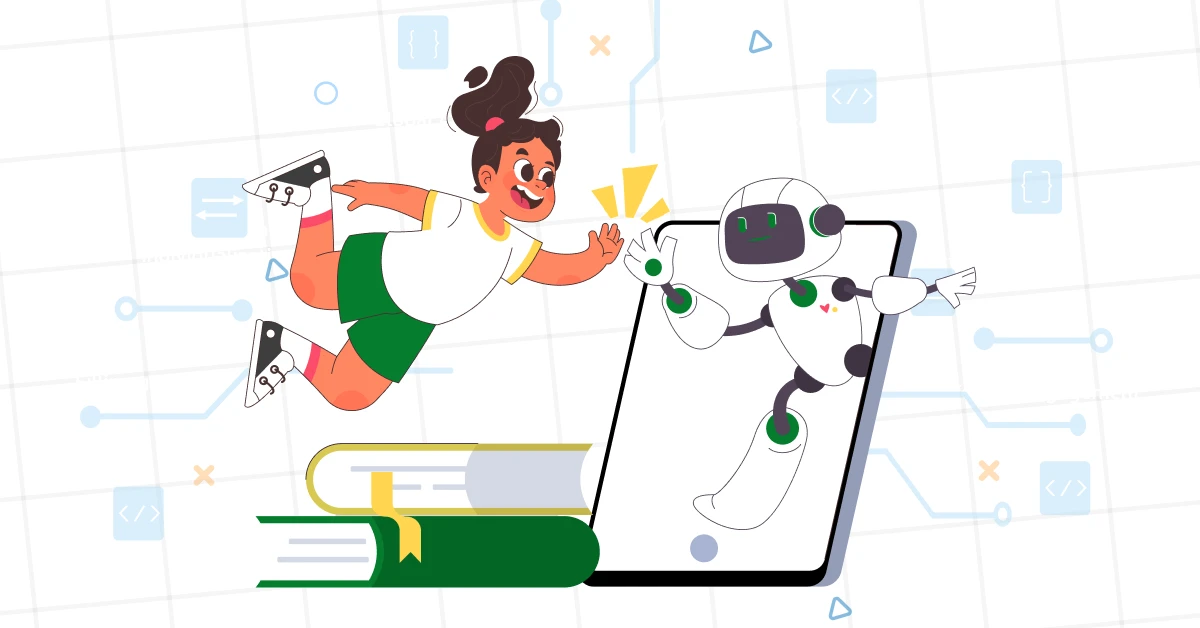
Also Read: Top 13 Product-Based Companies for AI Freshers
Having explored the numerous benefits of AI-powered learning environments, it’s essential to shift our focus toward the challenges and ethical considerations that come with the integration of artificial intelligence in education. Let’s look at the complexities and critical aspects that educators, developers, and policymakers must know to ensure that AI’s role in shaping the future of education is both responsible and beneficial.
Challenges and Ethical Considerations in AI-Powered Education
In AI-powered education, several challenges and ethical considerations need to be addressed:
Potential Challenges
- Data Privacy: Protecting the sensitive information of students and educators.
- Accessibility: Ensuring that AI educational tools are accessible to all students, regardless of their socio-economic background.
- Technology Dependence: Balancing the use of AI with traditional teaching methods to prevent over-reliance on technology.
Ethical Considerations
- Bias in AI Algorithms: Ensuring that AI tools do not perpetuate biases or discrimination.
- Data Security: Safeguarding against breaches and unauthorized access to educational data.
Addressing these challenges and ethical considerations is important for creating a fair, secure, and effective AI-powered educational environment.
Begin your Artificial Intelligence & Machine Learning journey with GUVI’s Artificial Intelligence & Machine Learning Courses. Learn essential technologies like matplotlib, pandas, SQL, NLP, and deep learning while working on real-world projects.
Conclusion
AI-powered learning environments hold immense promise for revolutionizing education. They offer personalized experiences, adaptive learning methods, and efficient management, making education more engaging and effective. However, embracing these innovations comes with challenges, including ensuring data privacy, addressing ethical concerns, and maintaining accessibility for all learners.
As we move forward, it’s important to navigate these challenges thoughtfully, ensuring AI’s integration into education is beneficial and equitable. The potential of AI in education is vast, and with careful implementation, it could significantly enhance the learning experience for students around the world.
Also Read: Top 6 Programming Languages For AI Development
FAQs
AI-powered learning environments offer personalized learning experiences, tailoring the content to match each student’s learning pace and style. This means students can learn in a way that suits them best, which can be more effective than the one-size-fits-all approach of traditional classrooms.
AI tools can take care of grading and administrative tasks, which gives teachers more time to focus on teaching and supporting their students. They also provide insights into each student’s progress, helping teachers identify and address learning gaps more effectively.
Yes, there are concerns such as ensuring the privacy and security of student data, preventing bias in AI algorithms, and making sure these tools are accessible to all students, regardless of their background or resources. It’s important to address these concerns to make AI a fair and effective tool in education.



















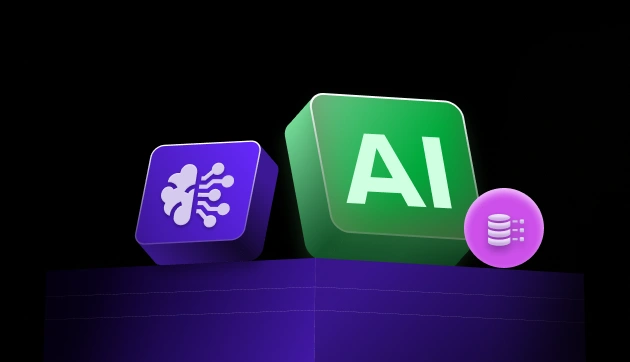

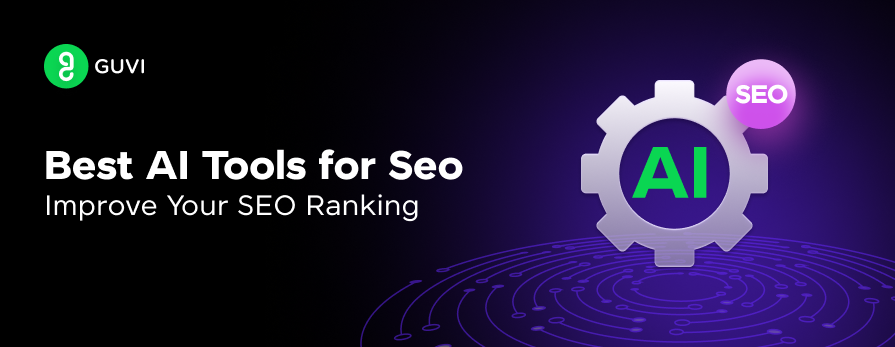
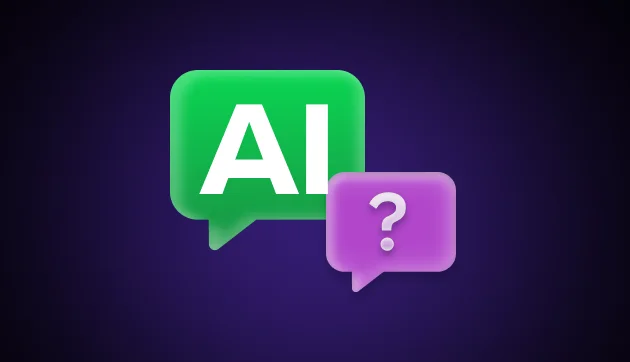
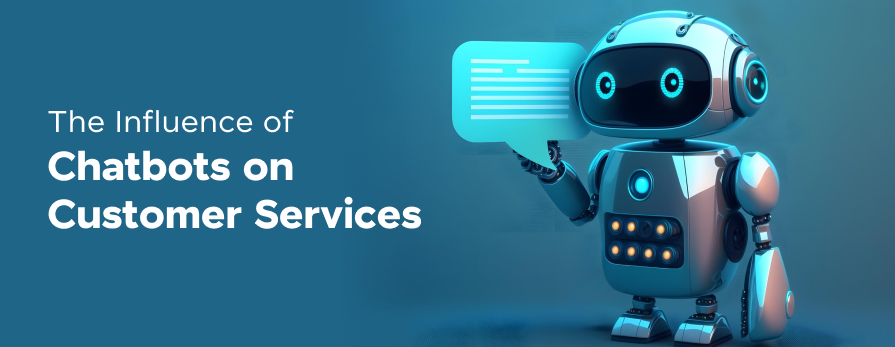

Did you enjoy this article?